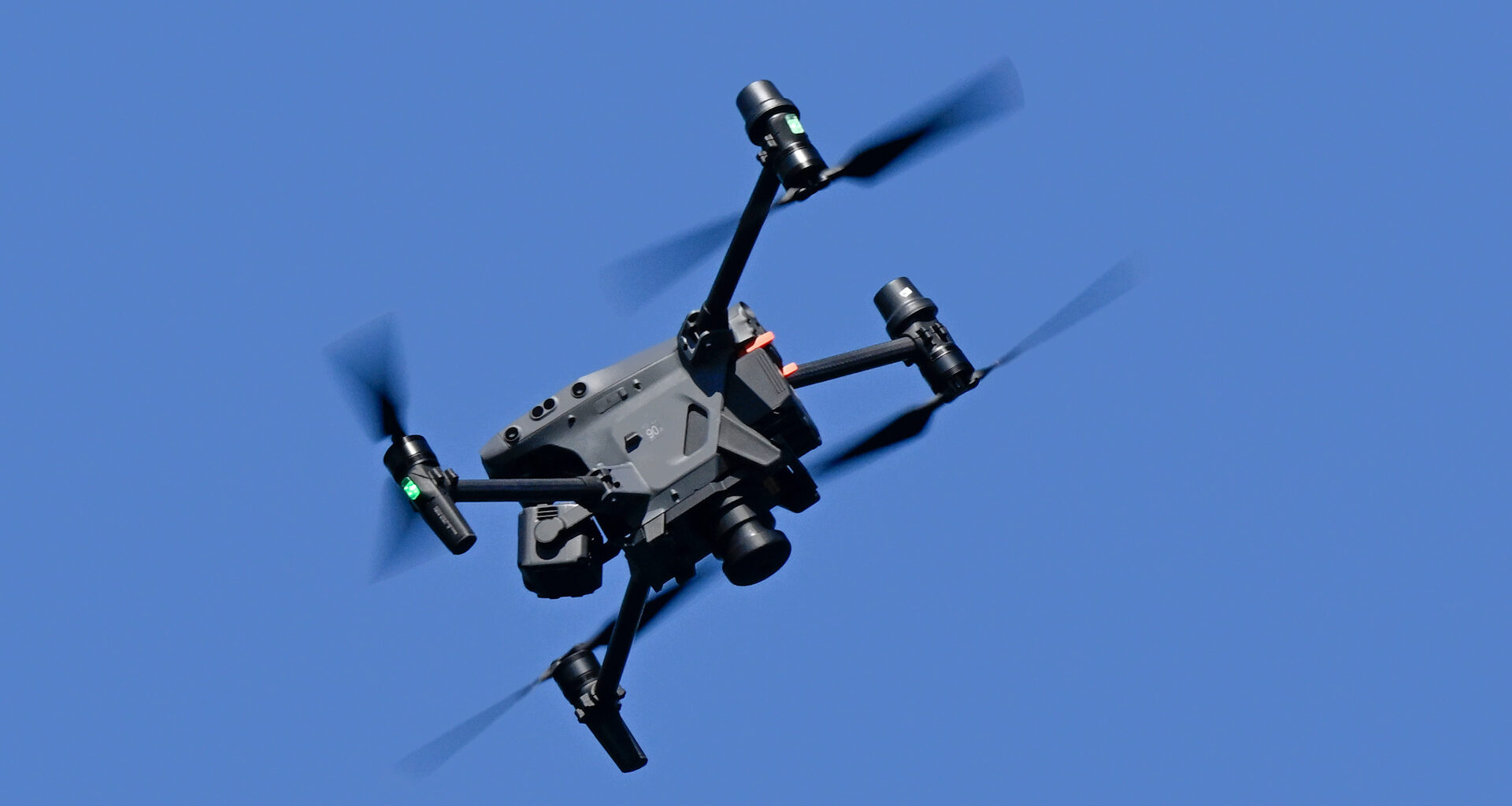The European Union is preparing a “drone wall” along its eastern flank — a network of radar, jammers, sensors and interceptors, not a physical barrier — to counter incursions by unmanned aircraft. Spanning from Finland to Bulgaria and drawing on Ukraine’s battlefield technology, the plan gained urgency after recent drone incidents in Poland, Estonia, Romania and Denmark.
At the same time, leaders debate funding and timelines.

Download the SAN app today to stay up-to-date with Unbiased. Straight Facts™.
Point phone camera here
The incidents highlighted NATO’s vulnerability to low-cost drones. Polish officials blamed Russia for incursions into their skies. Meanwhile, Denmark shut down airports and banned civilian drone flights as unidentified drones forced closures, according to The Washington Post.
NATO scrambled jets to intercept aircraft and repel Russian fighters over Estonia.
NATO Secretary General Mark Rutte said the alliance “reacted quickly and decisively,” but he acknowledged a defense gap.
“We are constantly learning and adapting our technology and our tactics based on the evolving threat landscape,” Rutte said.
How are European leaders responding?
“We need to act now,” European Commission President Ursula von der Leyen told lawmakers Tuesday.
She said Europe “must deliver a strong and united response to Russia’s drone incursions at our borders.” She vowed to propose immediate action to create the drone wall, The New York Times reported.
Unbiased. Straight Facts.TM
EU leaders in Copenhagen will debate a non-physical “drone wall,” and who runs and funds it, aiming for a 2030 defense roadmap.

EU Defense Commissioner Andrius Kubilius said 10 nations bordering Russia, Ukraine and the Baltic Sea have already agreed on the need for the system. He identified advanced detection as the immediate priority, stressing that Europe lacks capability in some areas.
Leaders of the 27-nation bloc will debate the proposal Wednesday at a summit in Copenhagen. Member states are divided over funding, though Kubilius pledged to “build a comprehensive EU financial toolbox to make this shield a reality.”
What challenges lie ahead?
Some officials question whether Europe can act fast enough.
“We cannot wait one year for this to become operational,” former NATO Secretary General Anders Fogh Rasmussen said.
Germany’s defense minister, Boris Pistorius, cautioned that expectations should be managed, warning the concept may take “three or four years,” according to Politico.
Latvia’s prime minister, Evika Silina, argued for speed, noting her country already purchased drone-detection sensors.
“With drones, they’re developing so fast, three years is too long,” she said.
How has Russia responded?
The Kremlin dismissed the European initiative as “militaristic.”
“We see that they stick to this militaristic approach instead of considering how to engage in dialogue so as to jointly seek security guarantees during and within the framework of dialogue,” Kremlin spokesperson Dmitry Peskov told Russian state media. He added the Kremlin hears “differing opinions from European capitals” and will continue monitoring the situation.
Alan Judd (Content Editor)
and Julia Marshall (Morning Digital Producer)
contributed to this report.
